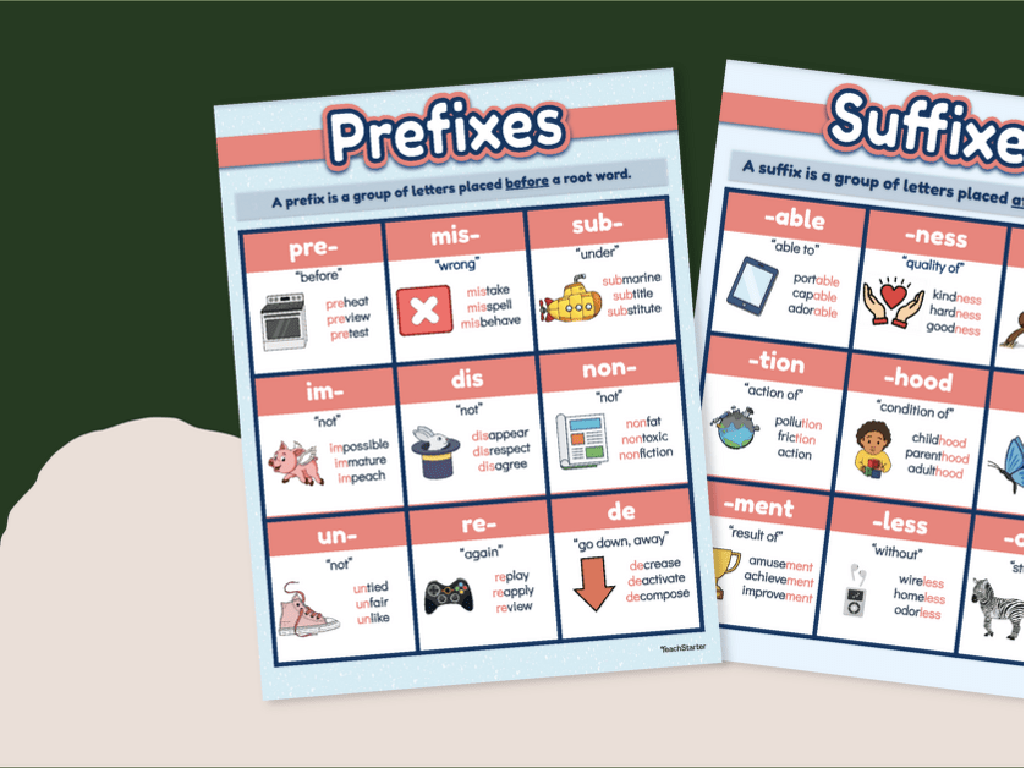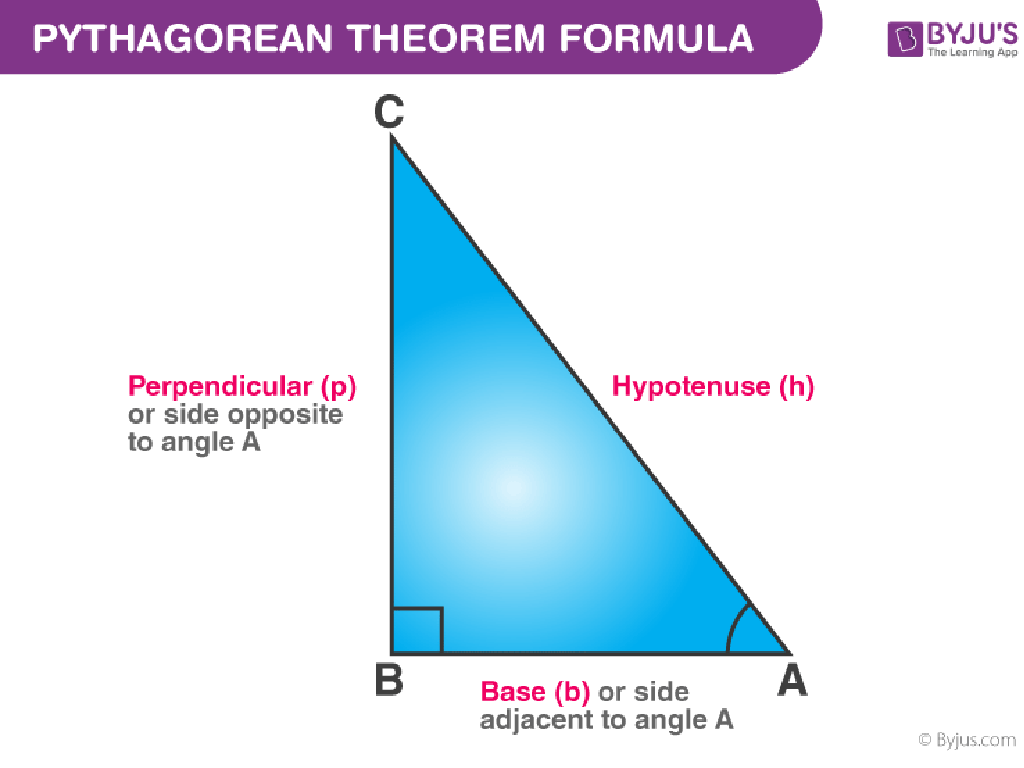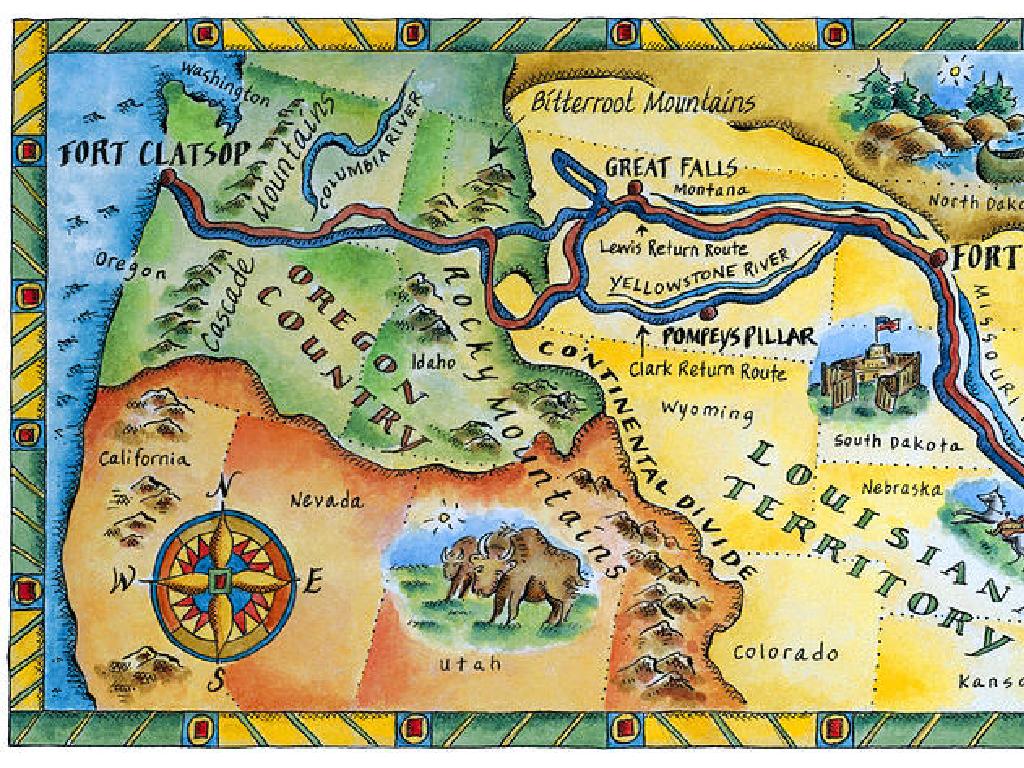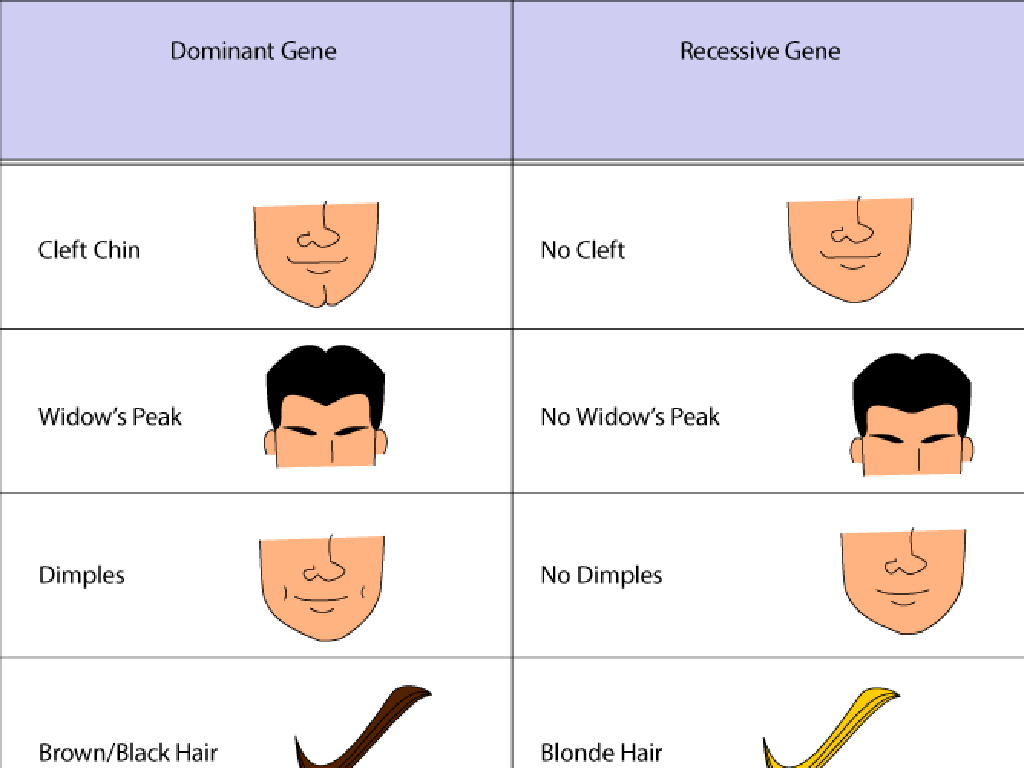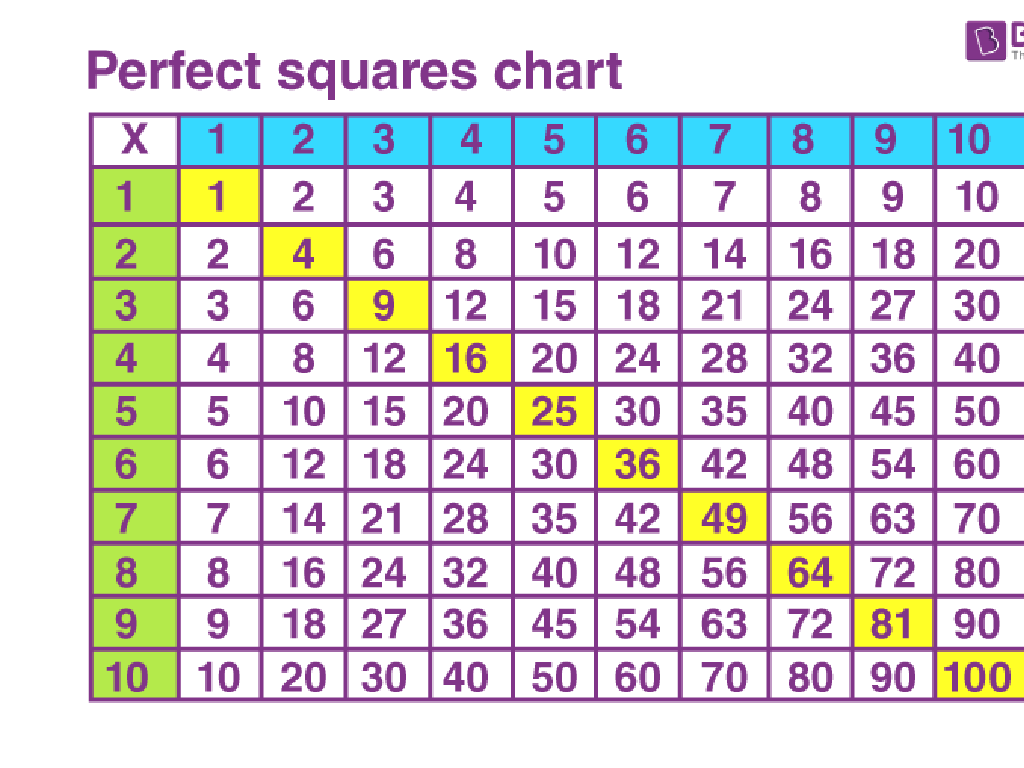Which Is The Better Coupon?
Subject: Math
Grade: Sixth grade
Topic: Consumer Math
Please LOG IN to download the presentation. Access is available to registered users only.
View More Content
Smart Shopping with Math: Coupons
– Understanding money’s value
– Math for smart shopping decisions
– Evaluating coupons effectively
– Compare discount amounts, percentages, and conditions
– Finding the best deal
– Calculate savings on actual prices to determine which coupon offers the most benefit
|
This slide introduces students to the practical application of math in everyday life, specifically in making informed consumer choices. Start by discussing the concept of money’s value and how math can be a powerful tool in managing finances wisely. Emphasize the importance of making smart shopping decisions and how math skills are essential in this process. The main focus of today’s lesson is on evaluating coupons, which involves comparing discounts, understanding the terms and conditions, and calculating the actual savings to find out which coupon provides the best deal. Encourage students to think critically about the offers they encounter and to use their math skills to make the best purchasing decisions.
Understanding Coupons in Consumer Math
– What is a coupon?
– A coupon is a voucher entitling discounts on particular products.
– Types of coupons explained
– ‘Percentage off’ reduces price by a certain %; ‘Buy one get one free’ offers an extra item; ‘Fixed amount off’ reduces price by a set amount.
– Calculating savings with coupons
– To calculate savings, subtract the discount from the original price or add the value of the free item.
– Smart coupon usage
|
Introduce the concept of a coupon to students, explaining it as a tool for saving money on purchases. Discuss the different types of coupons available, such as percentage off, buy one get one free, and fixed amount off, and provide examples of each. Teach students how to calculate the savings they can achieve with each type of coupon, emphasizing the importance of understanding the terms and conditions. Encourage students to think critically about which coupon offers the best deal in different scenarios and to consider the value of the item being discounted. This will help them become savvy consumers in the future.
Real-life Coupon Examples
– Examples of actual coupons
– Buy one get one free, 20% off total purchase, $5 off a $25 spend
– Understand terms and conditions
– Minimum purchase requirements, applicable items
– Check expiration dates
– Coupons valid until a specific date
– Note limitations on use
– Exclusions may apply, such as sale items
|
This slide aims to provide students with a practical understanding of how coupons work in real-life scenarios. Showcasing actual coupons will help students visualize and relate to the concept. Discussing the terms and conditions is crucial as it teaches students to read and understand the fine print, which is a valuable consumer skill. Highlighting expiration dates emphasizes the importance of timing when using coupons. Lastly, discussing limitations ensures students are aware that coupons may not always apply to every item in a purchase. Encourage students to bring in coupons they find at home or in stores to discuss as a class.
Calculating Coupon Savings
– How to calculate coupon savings
– Example: 20% off a $50 item
– 20% of $50 is $10, so you pay $40
– Practice: $5 off a $30 item
– Subtract the coupon value from the item’s price
– Calculate your payment
– What’s the final price after applying the coupon?
|
This slide introduces students to the concept of calculating savings using coupons, which is a practical application of percentage and subtraction in consumer math. Start by explaining the steps to calculate the discount: find the percentage of the item’s price that the coupon represents, then subtract that amount from the original price to find the final payment. Use the 20% off example to illustrate this, showing the math on the board. Then, present the practice problem and guide students through the process of subtracting the flat $5 coupon from the $30 item price. Encourage students to solve it independently, then discuss the answer as a class. This exercise helps students understand the value of coupons in real-life shopping scenarios.
Comparing Coupons: Which Saves More?
– Compare: $10 off vs 25% off
– Consider item’s original price
– Class example: $40 jacket
– If we use $10 off, new price is $30
– Calculate savings for each coupon
– With 25% off, new price is $30. Which is better?
|
This slide is aimed at teaching students how to evaluate different types of coupons to determine which provides the greater savings. Start by explaining that the value of a coupon can depend on the original price of the item. Work through a class example, such as a $40 jacket, and calculate the savings for both a $10 off coupon and a 25% off coupon. For the $10 off coupon, the price drops to $30. For the 25% off coupon, 25% of $40 is $10, so the price also drops to $30, making both coupons equivalent in this scenario. Encourage students to think critically about how the savings from a percentage coupon will increase with the item’s price, whereas a fixed amount coupon will not. Provide additional examples with different original prices to illustrate when one type of coupon may be better than the other.
Class Activity: Coupon Challenge
– Receive coupons and items
– Calculate the best deal per item
– Use math skills to determine which coupon saves more money
– Share findings with the class
– Explain the reasoning behind choices
– Discuss why one coupon is better than another
|
In this interactive class activity, students will apply their consumer math skills to real-world scenarios. Each student or group will be given a set of coupons and items. They must calculate the savings each coupon offers and decide which is the most cost-effective for each item. After calculations, students will present their findings to the class, explaining the math behind their decisions. This exercise teaches critical thinking and practical application of percentages and subtraction in the context of financial literacy. Possible variations of the activity could include comparing percentage-based coupons versus flat discounts, considering minimum purchase requirements, or factoring in buy-one-get-one deals.
Conclusion: Choosing the Best Coupon
– Recap: Determining the best coupon
– Review steps to compare savings from different coupons
– Read the fine print carefully
– Small details can affect coupon value
– Homework: Coupon Savings Calculation
– Choose any item, use a coupon, and calculate the savings
|
As we conclude today’s lesson, remind students of the key steps to determine which coupon offers the best deal, emphasizing the importance of considering the fine print, such as expiration dates and exclusions. For homework, students should find a real coupon and apply what they’ve learned to calculate the potential savings on an item they or their family might buy. This exercise will help them practice their math skills in a real-world context and understand the value of being an informed consumer. Encourage them to share their findings in the next class for a practical discussion on consumer math.

